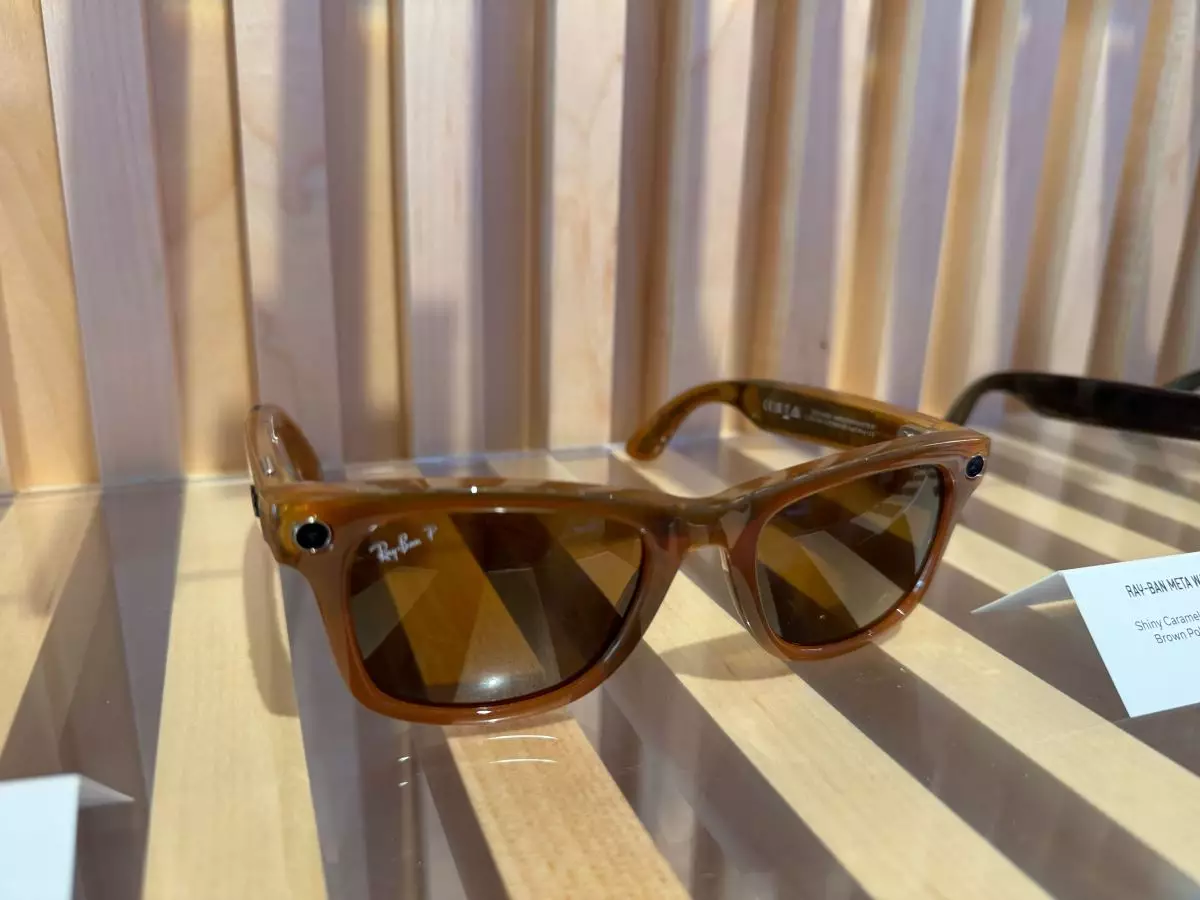The integration of advanced artificial intelligence in wearable technology has gained significant traction in recent years. One of the most promising developments comes from the collaboration between Meta and Ray-Ban, as announced during the Meta Connect event. This partnership aims to redefine the user experience with the introduction of AI-driven features in their glasses. The most captivating aspect of this innovation is the introduction of real-time translation capabilities, which positions these smart glasses as a potential game-changer in effective communication.
Meta’s ambitious proposal to enable real-time speech translation through the glasses’ speakers presents an exciting opportunity for breaking down language barriers. Travellers and individuals engaging in international contexts will find the capability of hearing spoken words translated into their native language extraordinarily beneficial. What makes this feature particularly appealing is its potential to foster a sense of connection among diverse cultures. No longer will a language barrier hinder meaningful conversations, as individuals can engage fluidly across linguistic divides.
However, while the prospect of immediate translation sounds enticing, one must remain cautious regarding its execution. The effectiveness of the translation will largely depend on the sophistication of Meta’s AI technology. The ability to accurately interpret nuanced language and cultural idioms poses a significant challenge. While the initial focus is set on Romance languages such as English, Spanish, French, and Italian, expanding this feature to include a broader spectrum of languages is essential for its global utility.
Despite the promise, the deployment of real-time translation in everyday settings is bound to face hurdles. The clarity of the audio feed, the accuracy of the AI’s processing power, and the environmental noise during conversations are all factors that could impede seamless communication. The timeline for the rollout of these AI features remains uncertain, thus raising questions about how quickly users can expect to benefit from this technology. Challenges surrounding user experience and adaptability will need to be carefully navigated to ensure that the glasses deliver on their promise.
Historically, the concept of live translation via augmented reality devices has been an alluring goal, with notable tech companies like Google having once ventured into this domain with their prototype glasses. However, those efforts were ultimately abandoned before they could come to fruition. Therefore, the question remains: can Meta succeed where others have faltered? Their commitment to refining this technology may potentially yield a successful product that can enter the commercial market.
As Meta sets sights on rolling out these AI features, the implications extend beyond mere convenience. The emergence of smart glasses equipped with real-time translation could signify a new era of connectedness and inclusivity. By harnessing technology to facilitate broader communication, Meta may light the path toward a more interconnected world. The success of this endeavor, however, will hinge on the seamless interaction of hardware and software, making it a crucial challenge for the tech enterprise moving forward. Only time will tell if this innovation lives up to its transformative potential.


Leave a Reply